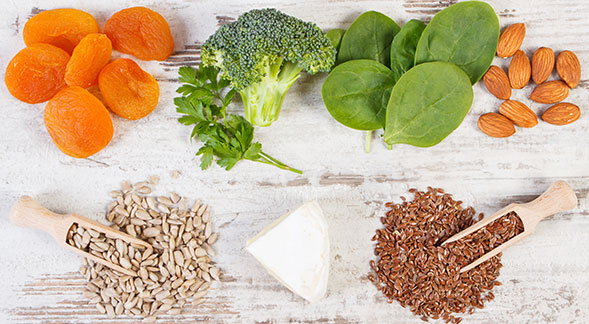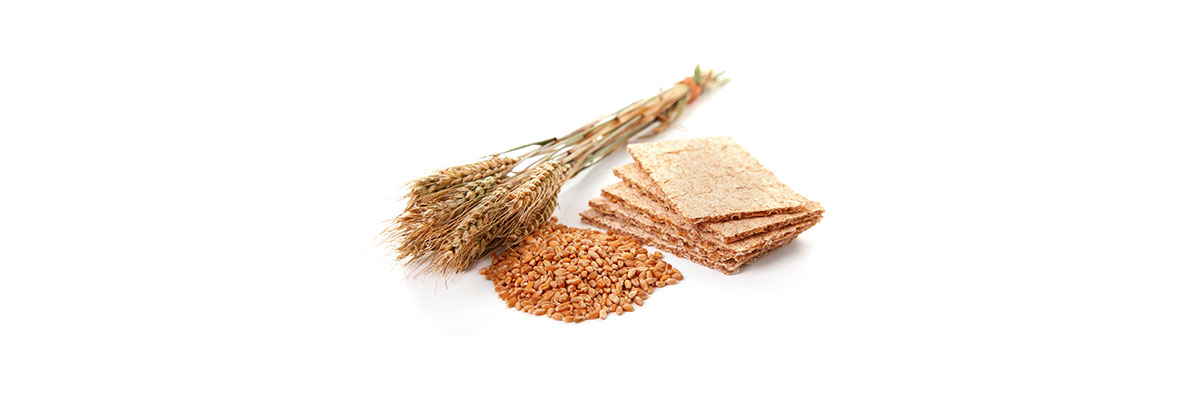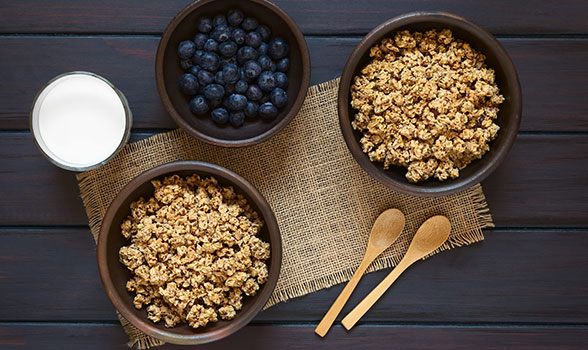What is Fiber and How Does it Affect Body Weight?
Fiber is the part of carbohydrates that cannot be digested. It is found in the tough cell walls of plants – fruits, vegetables, legumes, and grains – that the body cannot break down. Fiber is not found in animal products.
The Academy of Nutrition and Dietetics (formerly the American Dietetic Association) recommends women get 25 to 35 grams of fiber in their diet daily, and men, 38 grams, yet most adults in the U.S. get only 9 to 11 grams of fiber per day, less than half of the recommended amount. This is due to our over-reliance on processed foods that have been stripped of fiber. Lack of fiber in the diet leaves people hungry and more prone to overeating.




